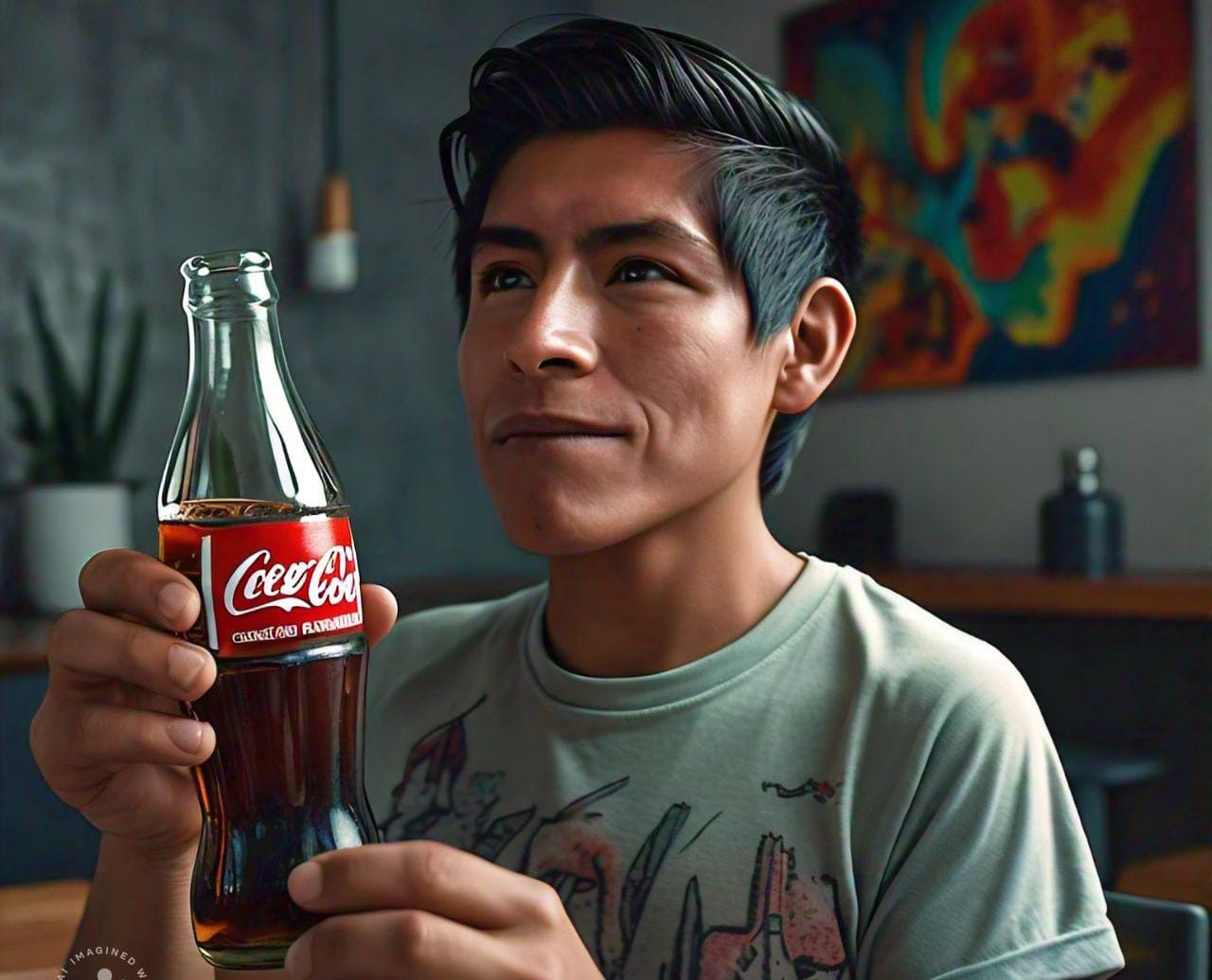
Our man in Philadelphia
Steve Van Buren, who died on Aug. 23, 2012 in Lancaster, Pa., was a hard-charging running back with a Frankenstein-shaped head. He played college ball for the…
Steve Van Buren, who died on Aug. 23, 2012 in Lancaster, Pa., was a hard-charging running back with a Frankenstein-shaped head. He played college ball for the LSU Tigers and, in 1948-49 led the Philadelphia Eagles to back-to-back pro football championships. When he retired in 1957, he was the all-time rushing yardage leader with 5,860, and was elected to the Pro Football Hall of Fame in 1965, the first Eagle to receive the honor.
The Eagles of that era were known as a hard-nosed bunch, associated with a white, ethnic working-class ethos personified by Chuck Bednarik. By all appearances, the New Orleans-bred Van Buren fits into that mold neatly, having dropped out of high school for two years to work at an iron foundry. What the obituaries and official accounts of his life tend to gloss over is that he was born to an American father and a Honduran mother. Unless she was Spanish. Like much about Van Buren’s early life, it’s hard to get to the bottom of all the contradictory reports. Well, let’s begin at the beginning.
Steve Van Buren was born on Dec. 28, 1920, in the port city of La Ceiba, Honduras. His father was Wood Van Buren, an American inspector who worked for the Standard Fruit Company, one of the precursors of today’s Dole.
Unless Steve was born in Tela, a nearby port city, which would make it likelier that Wood worked for United Fruit (now Chiquita). Also, maybe he was Dutch, but whatever his nationality, Wood’s parents definitely lived in New Orleans, where vast quantities of Honduran bananas were imported to the US.
Wood had married (or possibly not) a local girl named Leñare—some sources claim she was Spanish, although that sounds to me a bit like the protests-too-much comments my maternal grandmother used to make in order to be able to trace her allegedly all-white ancestry all the way back to some viceroy of Mexico or other.
In any event, Wood and Leñare had five kids—or maybe it was eight—before both of them died, for reasons that are anybody’s guess. We’re talking about Central America in 1929 or ’30, so it could have been yellow fever, childbirth, crime, or even suicide. (The Great Depression hit the banana business hard, and many management types in Honduras suddenly found themselves out of work.) Whatever the causes, the orphaned 10-year-old Steve, along with his four (or seven) siblings, was shipped off to his grandparents in New Orleans.
As a child Van Buren was slight, and, he would later tell a reporter, “In Honduras, I was too young to play much of anything but running games. We’d never heard of football.”
When he was 15 or so, “my first year at Warren Easton High School in New Orleans,” he said, “I used to watch the other boys play football. It seemed like a good game, so I went out for the team. But I only weighed 125 pounds, and all the coach would let me do was run up and down the field—not play or scrimmage. When it came to actually playing football, he told me to forget it. He was afraid I would get hurt.”
It took the iron factory to turn him into an actual player. “The foundry work was hard,” he said simply, the way he said most everything, “but I liked it, and it built me up.”
He returned to school close to 6’ tall and 155 lbs. and made the football team as an end. He was good enough to win a scholarship to LSU, where he filled out to 210 lbs. and spent a few years blocking for star tailback Alvin Dark. As a senior in 1943, he finally got the bulk of the ball-carrying duties and responded by finishing second in the nation in rushing with 847 yards and first in scoring with 98 points (14 TDs and 14 PATs). He scored two touchdowns in the Tigers’ Orange Bowl win over Texas A&M and was named game MVP.
When the Army turned Van Buren down because of a mysterious eye injury suffered when he was in Honduras, Philly was persuaded to take a flier on him. Immediately, he helped turn the team into a playoff contender. In their first 10 years, the Eagles had finished with one or two victories (in an 11-game schedule) seven times. They had never finished above .500 (except for one wartime season in which they were merged with Pittsburgh and, playing as the Steagles, went 5–4–1).
In Van Buren’s first year, Philly was 7–1–2 and missed the playoffs by a whisker. A couple of years later, in 1947, the team lost the championship game, 28-21, to the Chicago Cardinals. The following year, the Eagles made it back to the title game and a rematch with Chicago. In what came to be known as the Blizzard Bowl, they won, 7-0, the only score a 5-yard TD run by Van Buren. The year after that, Bednarik joined the squad, and Philly had its most dominant season, well, ever, going 11–1 and outscoring its opponents, 364-134.
The championship game was against the Los Angeles Rims at the Coliseum. “Early in the game,” Van Buren remembered, “I got knocked out of bounds near their bench. One of their guys said, ‘We’re gonna kill you, Steve.’ It made me mad. I told [QB Tommy] Thompson, ‘Give me the ball.’ So he did. He just kept giving it to me.” A hundred and ninety-six rushing yards later, Philly had a 14-0 victory and back-to-back titles.
“When Steve carried the ball, he struck fear in the heart of the defense,” said Van Buren’s longtime teammate, Russ Craft. “He leaned forward so much and ran so hard, you could actually see the dirt fly off his cleats. When he hit the line, he looked like a bulldozer going through a picket fence.”
Picket fences are loaded imagery in American culture—something Van Buren almost surely didn’t understand for years after moving to the U.S. as a child in 1930, but by 1951, it’s pretty safe to assume that Van Buren knew who Tom Sawyer was and what Norman Rockwell’s rendition of the famous fence-painting scene looked like. That year, a lineman named Ray Romero, the child of Mexican immigrants to Wichita, Kan., joined the Eagles. Romero, who was considered the only Latino in the NFL that season, was surprised and thrilled to learn that Van Buren, one of “the superstars” on his team, spoke Spanish.
After retiring, Van Buren lived the rest of his life in Lancaster, a genuinely modest man who was always surprised when people expressed admiration or interest in him. And he never considered himself a Latino. Those two things were tied together somehow in this remarkable athlete. Like so much about him, it’s just hard to pinpoint exactly how.
Bill Vourvoulias has worked at ESPN Publishing, Newsweek, and The New Yorker. You can read more of his sports writing at V as in Victor.










LEAVE A COMMENT:
Join the discussion! Leave a comment.